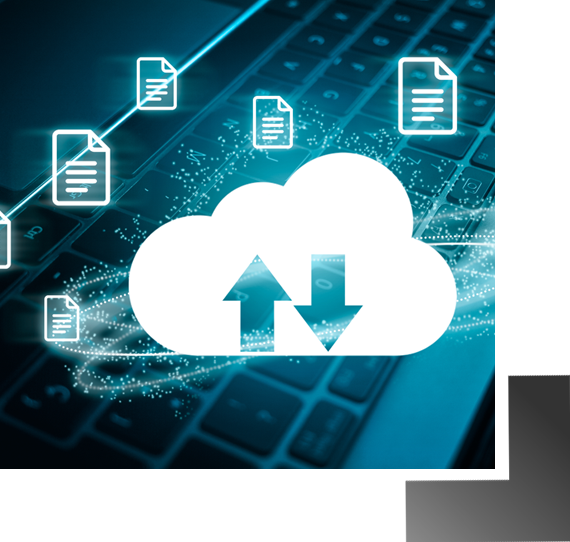Technology-driven process for analyzing data and presenting actionable information that can help businesses make more informed decisions. It involves the collection, integration, analysis, and presentation of business information to support better decision-making, strategic planning, and operational efficiency..
BI systems can provide valuable insights into customer behavior, market trends, operational performance, financial metrics, and other key performance indicators. This can help businesses identify opportunities for growth, improve operational efficiency, optimize marketing and sales strategies, and enhance customer service.
Overall, Business Intelligence helps businesses to make data-driven decisions and gain a competitive advantage in their respective industries.

An HR dashboard is a tool that provides a visual representation of various HR metrics and data in a single place. It allows HR professionals to monitor and analyze key HR performance indicators to make informed decisions and improve the overall performance of an organization.
HR dashboards typically include data on employee turnover, retention, recruitment, training and development, compensation and benefits, and other relevant HR metrics. The data is displayed in the form of graphs, charts, tables, and other visual representations, making it easier for HR professionals to interpret and communicate insights.
By using an HR dashboard, HR professionals can identify trends and patterns, track progress towards organizational goals, and make data-driven decisions to improve employee satisfaction, engagement, and productivity. Additionally, HR dashboards can help executives and managers gain a better understanding of their workforce and make informed decisions about resource allocation and strategy.
Call center dashboard is a graphical representation of key performance indicators (KPIs) and metrics that provide call center managers and supervisors with real-time insights into the performance of their call center operations. These dashboards are typically displayed on a computer screen or wallboard in the call center and provide a quick and easy way for managers to monitor the status of their call center operations at a glance.
This dashboard is casually divided into few different types of sections:
- 1. Overview of call KPIs.
- 2. Call Insights with custom tool-tip.
- 3. Agent performance summary
- 4. Used Smart Narrative to summaries the report to address key takeaways, to point out trends.
- 5. Used Shape Map for the State/city how many total call they get.

A Hospital Emergency Rooms dashboard is a visual representation of key performance indicators (KPIs) that are relevant to emergency departments in a hospital. It is a tool that is used to monitor and track the performance of the emergency room in real-time or near real-time.
The dashboard may include various metrics such as patient wait times, number of patients waiting, number of patients seen, number of patients admitted or discharged, bed availability, staffing levels, and other relevant metrics.
The purpose of the dashboard is to provide hospital administrators, managers, and staff with a quick and easy way to monitor the performance of the emergency department and identify areas where improvements can be made. The dashboard can also be used to identify trends over time and compare performance against established benchmarks or targets.
By having access to real-time data, hospital staff can make informed decisions about resource allocation, staffing levels, and patient flow. The dashboard can also help to improve communication and collaboration among staff members and departments within the hospital.
Typically, an executive sales report is a summary of sales data that provides an overview of the company’s sales performance for a given period of time, such as a month or a quarter. The report may include information on sales revenue, sales volume, customer acquisition and retention rates, sales trends, and other relevant metrics.
Executive sales reports are often used by senior executives and managers to make strategic decisions and to assess the overall health of the company. They may also be used to identify areas of strength and weakness in the company’s sales strategy, and to develop new sales and marketing initiatives.
The specific content and format of an executive sales report may vary depending on the company and the intended audience, but in general, it should provide a clear and concise overview of the company’s sales performance, along with insights and recommendations for improvement.


A finance and sales dashboard is a visual representation of financial and sales data, designed to provide a quick and easy way to monitor and track performance. It is a tool used by businesses to help managers and executives make informed decisions by displaying critical metrics and key performance indicators (KPIs) related to their financial and sales operations.
A finance and sales dashboard typically includes graphs, charts, and tables that provide insights into revenue, profits, expenses, cash flow, and sales performance. These metrics may be broken down by product, service, geography, customer type, or other relevant categories.
The purpose of a finance and sales dashboard is to provide a clear and concise view of a business’s financial and sales performance, allowing decision-makers to quickly identify trends, patterns, and areas that require attention. By monitoring these key metrics regularly, businesses can make informed decisions to optimize performance and drive growth

